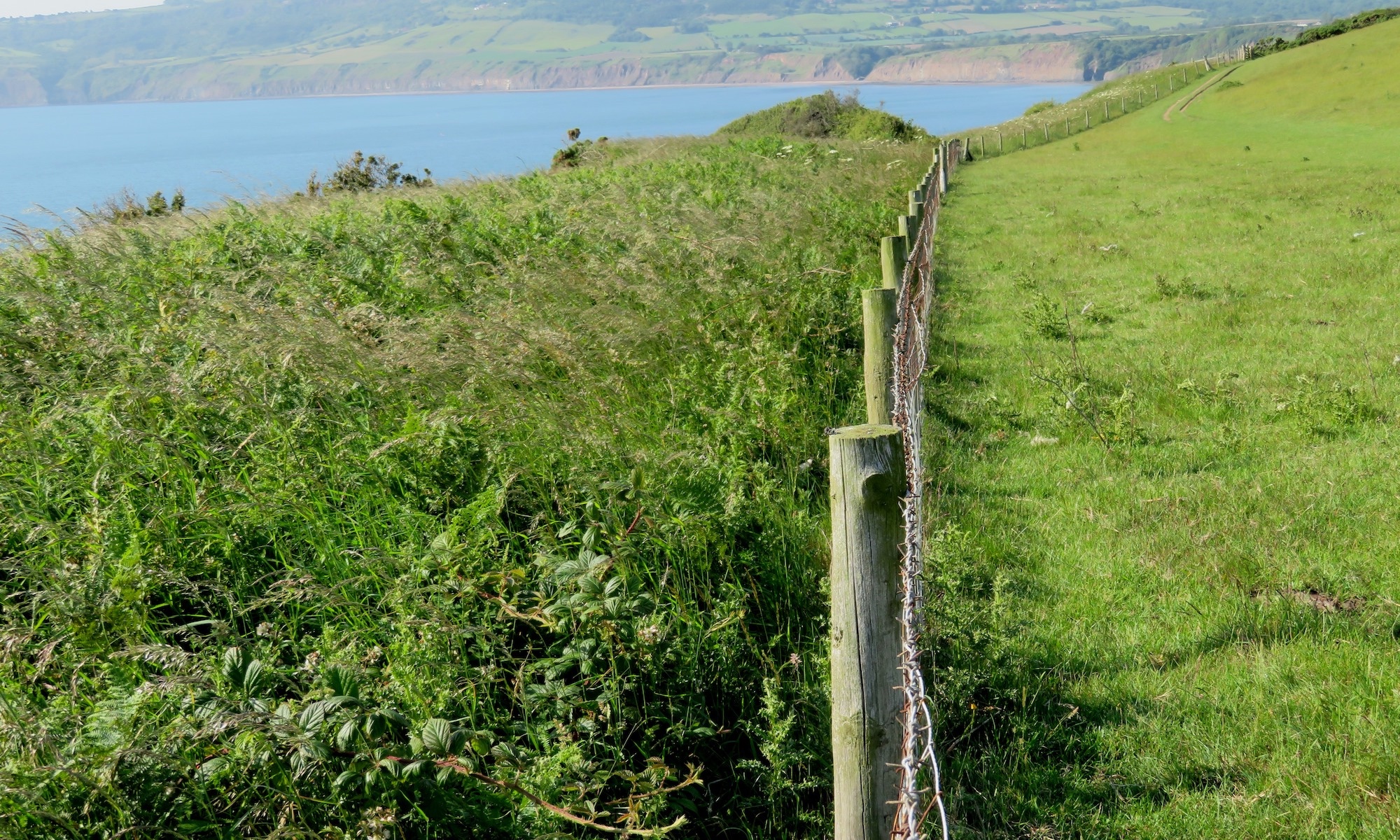by Hilary Koll
23rd October, 2023
In my previous blog post (An unexpected journey – part 2) I mentioned that I was lucky enough to help out at a Harvest Mice release in the Yorkshire Dales. The release site was farmland being rewilded for nature and has been owned by Martyn Strong since 2020. See the Yorkshire Post link below to find out more about his inspiring project.
About 300 mice, bred by the Derek Gow Consultancy, were transported to Martyn’s farm and a small team of us released them into his fields, full of tall grasses with hedgerows – just what Harvest Mice love. This was a wonderful opportunity to get up close to these delightful little mice and to really get a sense of what they are like – a treat, given that spotting them in the wild is so difficult. They were transported in mesh-covered crates, each containing up to about 20 mice, filled with hay and a bowl of seeds for food and I couldn’t wait to see them!
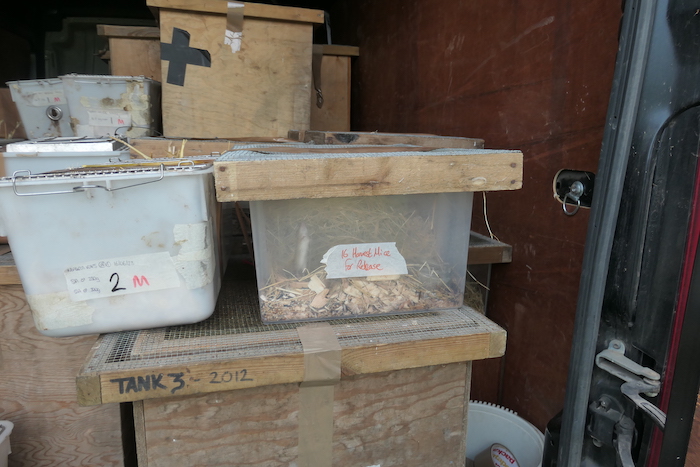
My first impression was how tiny they really are. I had not expected some of them to be only two-thirds the length of my forefinger (not including the tail!). In fact, they range from between 5cm and 7.5cm with a tail of about the same length. Both sexes are the same size, with females usually more dominant (yet another reason I love them!).
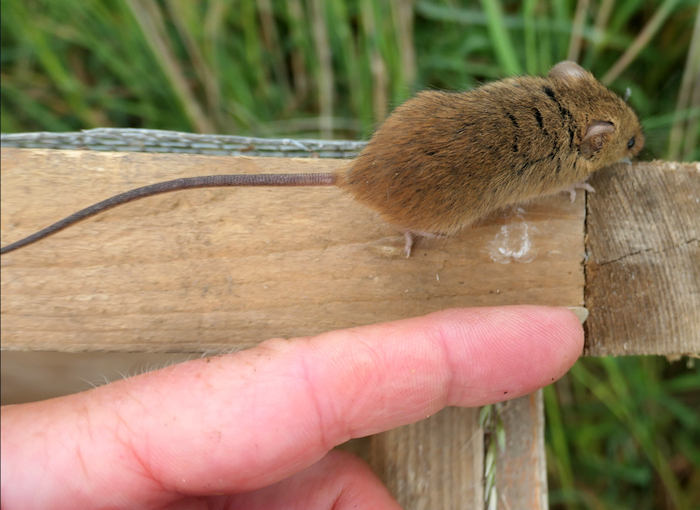
My second reaction was to be mesmerised by their large attentive eyes and constantly moving whiskers. Their tiny noses and short stubble-like black whiskers are used for smelling, finding food and sensing the environment around them. They make whisking movements with their whiskers (as the name suggests!) – apparently moving them to and fro up to 25 times a second! I have read that each whisker has a corresponding part of the brain that ‘fires’ when it is touched, helping them to navigate through the complex habitat they live in.
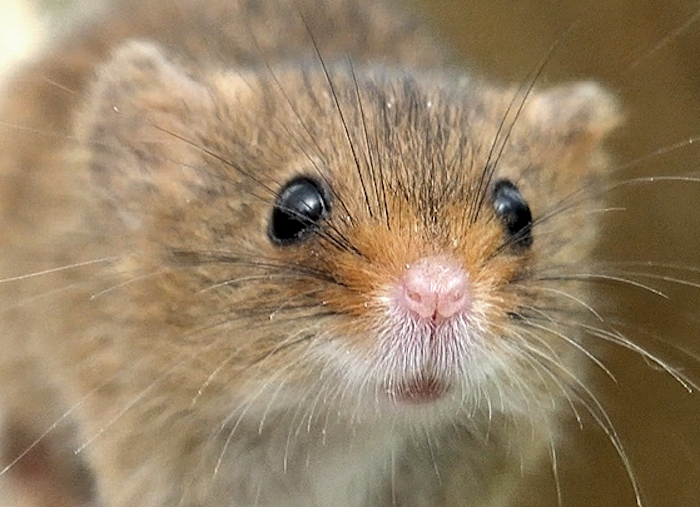
Harvest Mice have soft brown fur on the upper parts of their body, often with a red or yellow tinge to it, and cream or white underparts. It was great to see their naked prehensile tails, so useful for holding onto grass stems and for balance to free up their front feet (hands?) to be used for foraging and grooming. Up close their broad feet were more prominent than I expected, with longer toes on the back feet than the front. Their outer toes are somewhat opposable too, also helping with grip and balance.
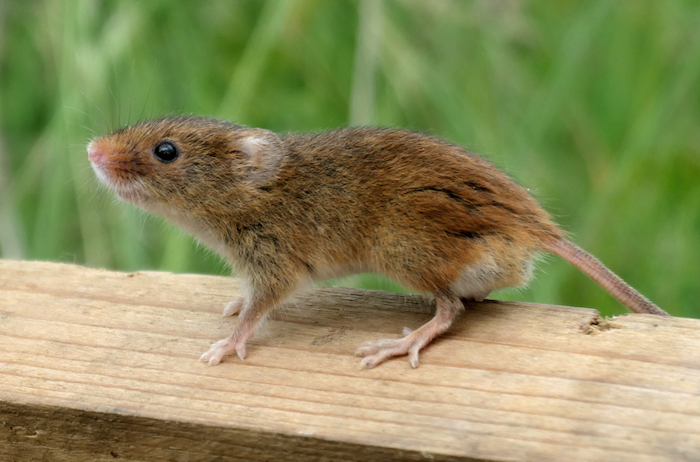
Keen to let them start their new lives in this rewilding site as soon as possible, we carried each crate out into the tall grass across the 10-acre site and, one by one, removed the mesh lid and food bowl and tilted the crate onto one side to allow the mice their freedom.
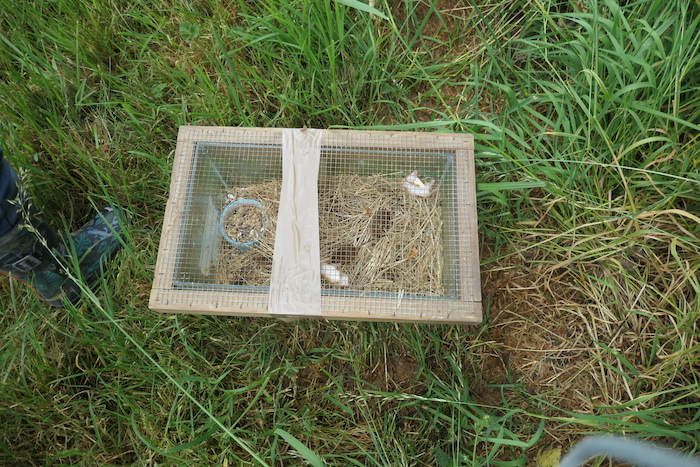
It was fascinating to watch those that were wide-eyed and hesitant and those that rushed off inquisitively to explore. The crates were to remain in the field for some time to provide them with shelter and safety during the early days while they familiarised themselves with their new habitat. Harvest Mice are believed to be an indicator of the health of an ecosystem, and, in the days before intensive farming, were widespread and formed a significant part of the food chain. Rewilding projects like Martyn’s in conjunction with such reintroduction programmes can allow ecosystems to recover and help increase biodiversity.
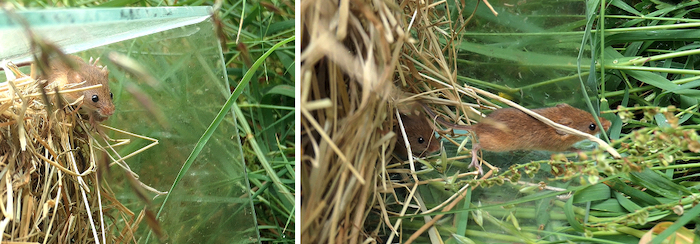
Martyn, since the release in June, has not seen even a whisker of a Harvest Mouse this summer but surveys will be carried out to look for their nests later this autumn. With Barn Owls in the area, as I explained in the last post, any discovered pellets can be analysed to see if Harvest Mice have been on their menu.
We hope this population will go on to thrive and establish a viable population in the wider area. Because they are so difficult to see in the wild it can seem that they have all disappeared, but as a release in Northumberland in 2004 showed – despite subsequent trap-surveys not catching a single Harvest Mouse there for 15 years – eventually, in 2019, nests were found, proving that the descendants of the released mice were indeed thriving (see the Guardian article below). With a more recent release there, mice have been found to have spread to a mile away from the initial site so we hope that Martyn’s mice thrive and expand to populate the surrounding areas.
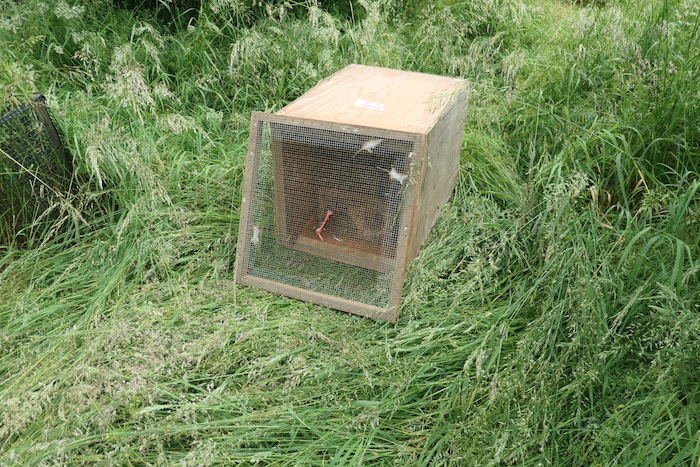
If you’d like to contact Hilary about any sightings, send us a message on our contact page and we will pass it on. Alternatively, you can message her directly on our Forum (join the Yorkshire Rewilding Forum here).
For more information, see the links below.
Useful links:
The Guardian: Harvest mice found thriving 15 years after reintroduction efforts
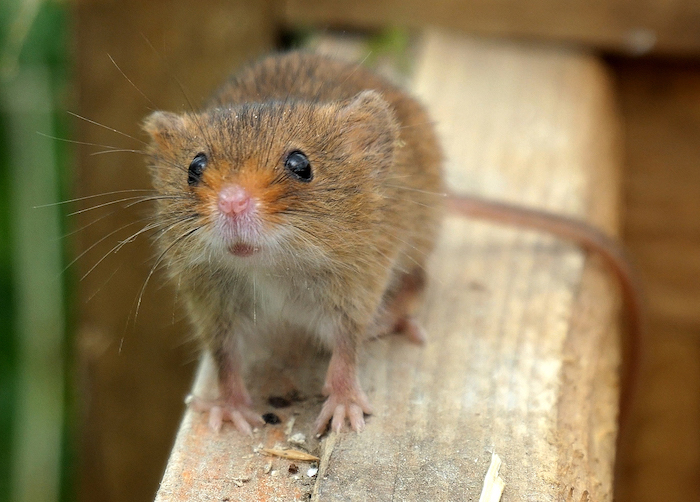
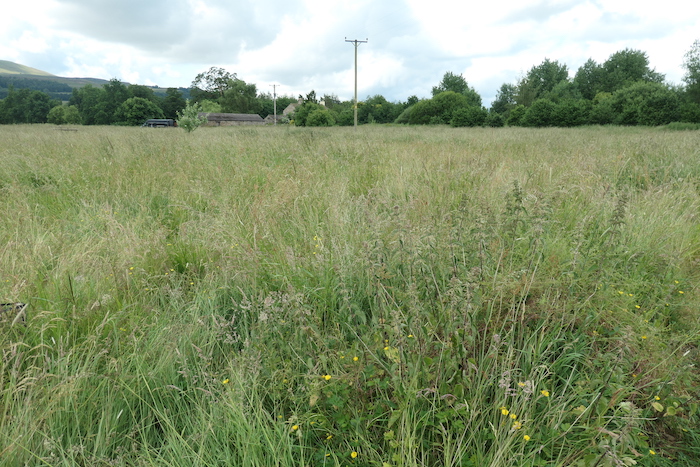
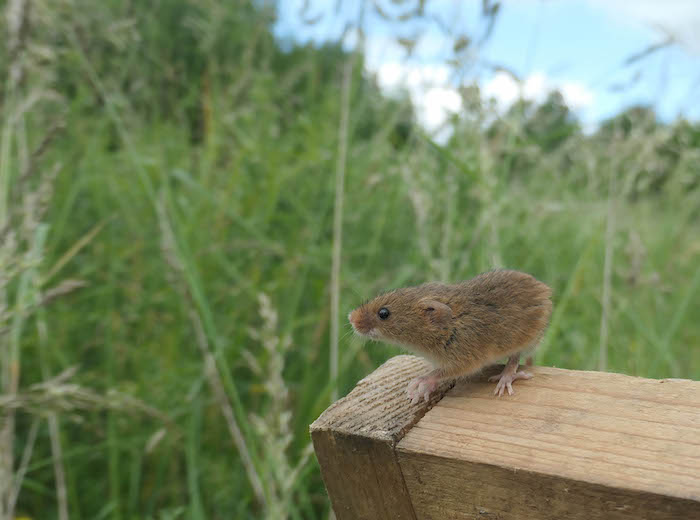
Credit: Hilary Koll
